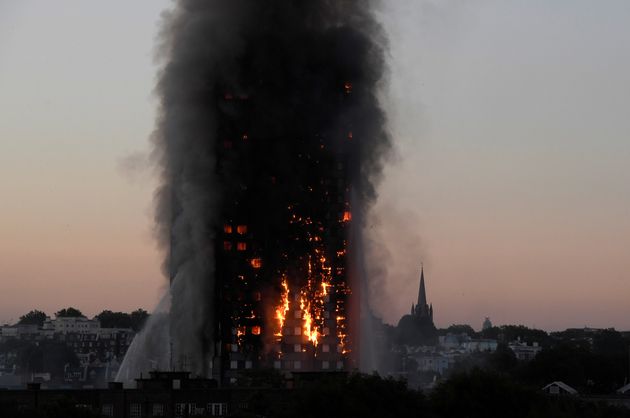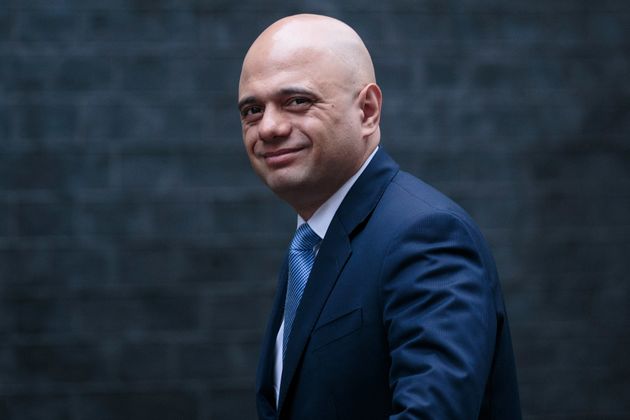A flat front door from Grenfell Tower could only hold back a fire for 15 minutes, half the time they had been designed to resist a blaze, police have said.
The Metropolitan Police would not comment on how this finding could impact its criminal investigation into the blaze. The Government has ordered more tests.
A total of 71 people died last June when flames engulfed the high-rise tower, exposing a litany of safety issues, including the use of flammable cladding and the suitability of advice to remain indoors.

In a statement, the Met said: “The door tested was designed to resist fire for 30 minutes, but during the test it was only found to resist the fire for approximately 15 minutes, a much shorter period than expected.
“The forensic examination and testing phase is ongoing and we are not able to comment on the potential impact or otherwise that any test result may have on the overall criminal investigation.”
Survivors and campaigners have said individuals, not just public bodies, should face criminal charges over the fire.
Natasha Elcock, a survivor from the tower and a representative of the bereaved and survivors’ group Grenfell United said: “It’s shocking – first the cladding and insulation then the doors, who knows what else is putting peoples lives at risk. It’s time people lives are taken more seriously – and that includes everyone from every walk of life.
“People’s homes must be made absolutely safe for them and their children. The Government should have improved regulations after previous fires. We can’t listen to anymore excuses.
“Grenfell United will not stop campaigning until the lessons of Grenfell are learnt. Nothing can bring our loved ones back but we must make sure a fire like this never happens again.”
Labour MP David Lammy, who knew Grenfell victim Khadija Saye, said it was “shocking” and “more and more evidence of peoples’ lives being put at risk”.
Yvette Willams, from Justice 4 Grenfell, said the latest news about the doors, the use of cheaper cladding and the lack of sprinklers in Grenfell were “indicative of a society where we put profit before peoples lives and safety,”
She added: “As the husk of Grenfell tower stands in the skyline of North Kensington, it is a reminder of everything that is wrong with our society today.
“Successive governments have consistently used deregulation, cuts to public services and a lack of decent housing provision to treat communities as second class citizens.”
In a letter sent to families, the Met’s senior investigating officer Matt Bonner said “he risk to public safety is low” and door tests do not show otherwise.
He said: “The MPS has committed to share information with bereaved families and survivors as soon as possible and this latest communication is a continuance of our efforts to fulfil that commitment.”

Communities Secretary Sajid Javid told parliament his department did not believe the problem was systemic.
He said he has ordered more tests, adding: “Conclusions should not be drawn about the nature of the cause of the Grenfell tragedy – that is a matter for a separate police investigation and it must be allowed to run its course.”
Shadow housing minister Tony Lloyd responded that he was “astounded”.
He said: “The Secretary of State told us that the Metropolitan Police considered that this test result might have wider implications for public safety and consequently alerted his department…
“If this isn’t systemic, what assessment has been made of how many buildings are potential affected by this, how many individual flats, how many people who have fire doors that simply don’t do the job?”
Kensington and Chelsea Council said the tests were “as yet inconclusive” but urged the Government to act quickly.
“Alongside hundreds of councils and landlords across the country, we are seeking further information from the Government on what this means for our residents,” a spokesperson said.
“We understand this news will be of particular concern to residents in this borough.”